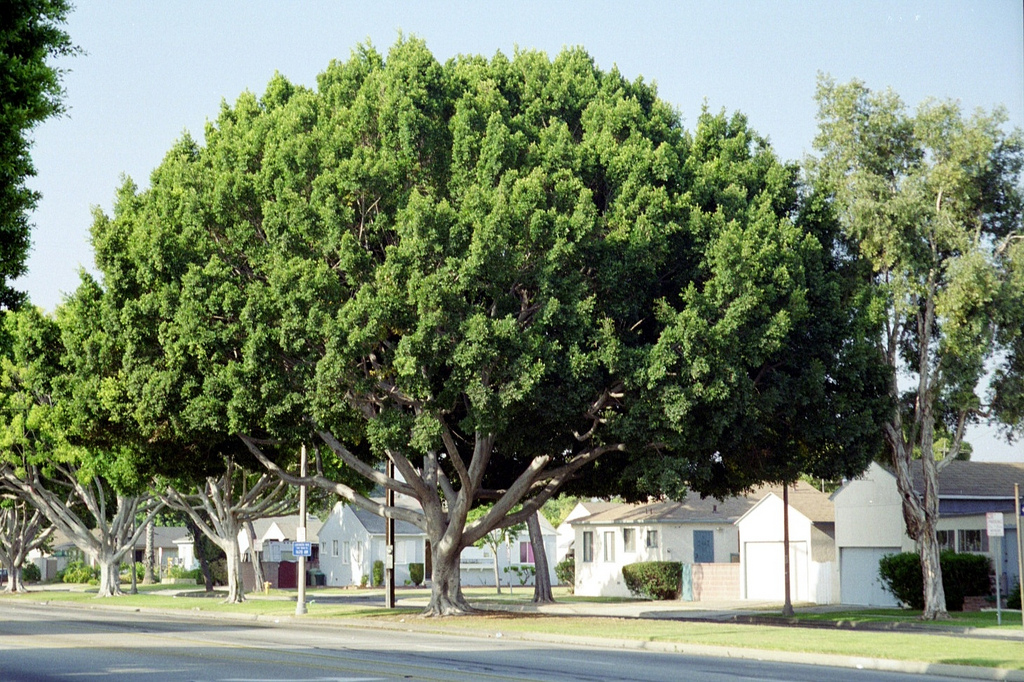SANTA MONICA—The Society of Municipal Arborists (SMA) honored the city of Santa Monica’s Urban Forestry program with accreditation in February 2016. This made Santa Monica the ninth such program in the United States to receive accreditation.
For their hard work and dedication in the field of urban forestry, SMA President Jeremy Barrick congratulated the staff who is led by Urban Forester Matthew Wells. The city will be recognized at an upcoming meeting of Santa Monica’s Urban Forest Task Force in May where the SMA will present a plaque. An article will also be published in the SMA online magazine City Trees.
“SMA accreditation demonstrates the City’s commitment to urban forestry excellence,” said Wells. “The program will continue to strive to maximize the urban forest resource as an essential tool of wellness and sustainability in Santa Monica.”
SMA accreditation is the highest honor for municipal urban forestry programs. To qualify for the accreditation, an urban forestry program must have an International Society of Arboriculture (ISA) verified arborist on staff, an approved urban master plan, a Tree City USA growth award, show private contract preference for Tree Care Industry Association accredited tree care companies, follow the American National Standards Institute for safety and performance, and follow the SMA’s Code of Ethics. The SMA rewards programs that can adhere to these guidelines and demonstrate outstanding management practices.
This is the 35th year that Santa Monica has been a Tree City USA, which is a certification awarded by the National Arbor Day Foundation.
The urban forest in Santa Monica has over 33,000 trees on public property including streets, parks, and open space. A recent assessment by the U.S. Department of Agriculture showed that the annual environmental benefits of Santa Monica’s street trees alone are valued over $5 million.
Urban forests can provide a number of benefits for cities. Some of these many benefits include moderation of air and water pollution, reduction of heating and cooling costs, enhancement of property values from 6 percent to 9 percent, improved wildlife habitat, and mitigation of overall urban environmental impact.
Research has also proven that city trees can improve mental health, accelerate worker productivity, the performance of students in school, and reduce crime rates.
For more information on Santa Monica’s urban forest, visit www.santamonicatrees.com.
For more information about the Society of Municipal Arborists contact Jerri LaHaie at (706) 769-7412 or email at urbanforestry@prodigy.net.






